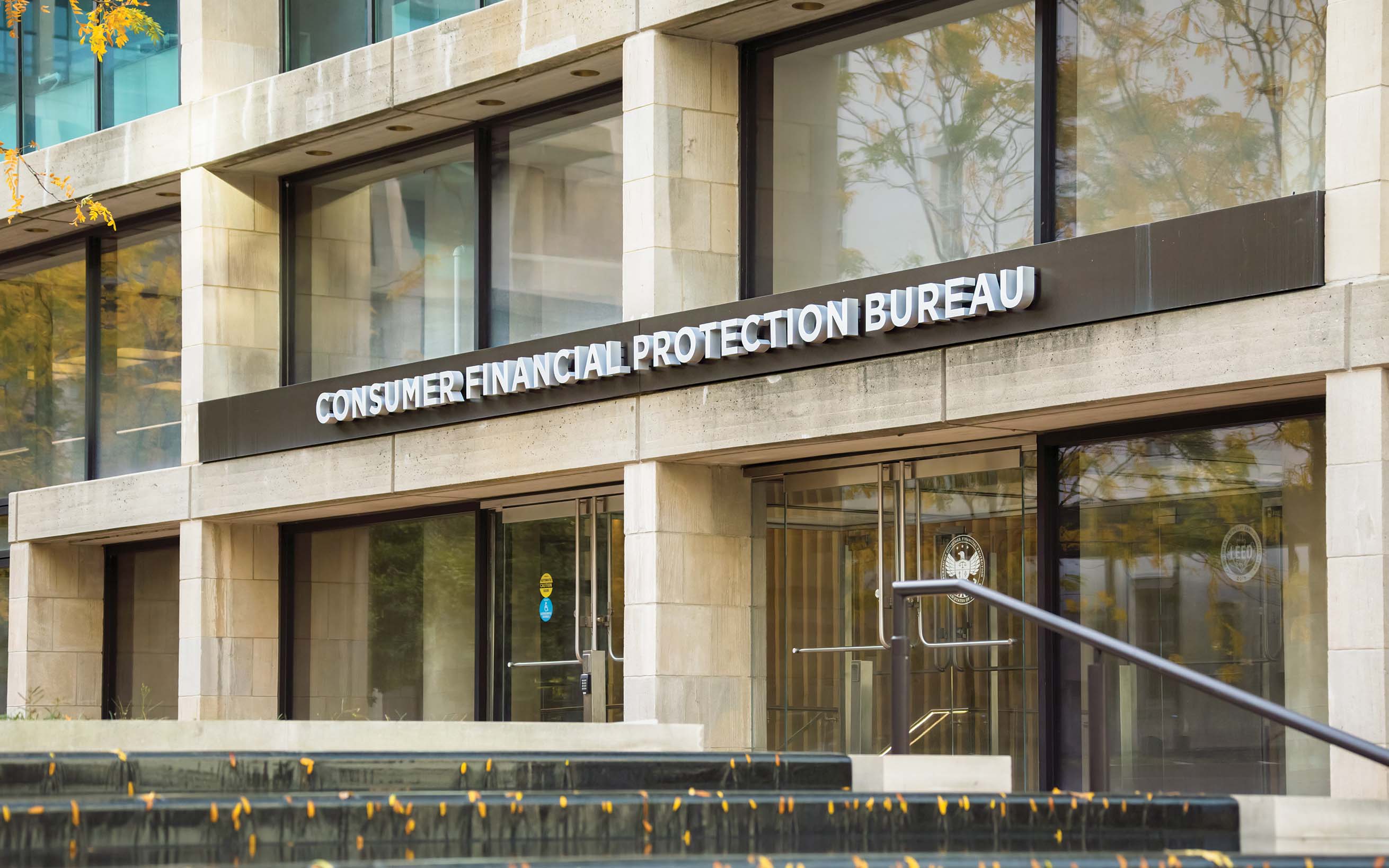Ensure your community bank is inclusive
July 01, 2022 / By Roshan McArthur
Recently, there has been an increased focus across all industries on diversity, equity and inclusion, or DEI. The latter part of this equation, inclusion, refers to the goal of every single employee feeling able to bring their whole self to work—to feel valued and accepted just as they are. This could be as simple as ensuring there are meat-free options for vegetarians at every company event, or as involved as establishing culturally specific employee resource groups.
If community banks put in the effort to foster a sense of belonging, the result is a stronger workplace culture, greater employee loyalty and, ultimately, a better experience for customers. So, how can community banks build truly inclusive cultures, where everyone feels like they belong? We asked three leaders in the field.
Making change, slowly but surely
Paige Kindle, marketing product specialist at $1.4 billion-asset Community Financial Services Bank in Benton, Ky., is one of these leaders. She realized her workplace needed to take a closer look at diversity, equity and inclusion, and she wanted to play a role in making that happen.
“We did take pride in the fact that we were majority staffed by females,” Kindle says. “We had plenty of women in leadership roles; we had a couple of women on our board. But that’s kind of where the conversation stopped.”
“I think a lot of people have this preconceived notion that DEI is just about race. And I’ve made a very conscious effort to explain to everybody that it so much bigger than race.”—Paige Kindle, Community Financial Services Bank
Kindle wanted new hires to feel welcome, all team members to feel included and all perspectives to be heard. To that end, she and her colleagues set up an internal focus group that met monthly, starting in January 2021. It was conceived as a safe space for open and honest conversations about what inclusion might look like for the community bank, as well as a place to share life experiences. They adapted an existing diversity survey, filled it out themselves, analyzed the results and then sent it to the whole bank. It was a process that generated, according to Kindle, “some real raw and honest feedback.”
As a result of that feedback, Community Financial Services Bank is taking a closer look at organizations and underserved communities it hadn’t been involved with before. Last August, for example, it became the first financial institution in its region to take part in the Annual 8th of August Emancipation Parade. Held in Paducah, Ky., the festival celebrates the freedom of enslaved people in western Kentucky that has been a tradition since the 1860s.
“[We] all have different perspectives, we all have different backgrounds, we have different experiences, but how do we still value and welcome that in this space, and still get the work done in a respectful and equitable manner?”—Misti Stanton, Mercantile Bank
The community bank has also taken a hard look at its workplace culture for opportunities to become better. In March, it brought in DEI trainer Justin J. Grooms for an in-person workshop. Grooms grew up in western Kentucky and understands the region’s political and religious climate, which Kindle believes was essential to the workshop’s success. As part of the process, the DEI focus group assembled a panel of team members including representatives of the LGBTQ community, biracial team members, a single parent, a woman whose husband is paraplegic, an employee with mental health challenges, veterans and faith-based individuals. “Our trainer facilitated the conversation,” says Kindle, “and it was just raw, honest, open dialogue about what their lives are like. It was eye opening for our team.
“It changed a lot of perceptions,” she adds, “because I think a lot of people have this preconceived notion that DEI is just about race. And I’ve made a very conscious effort to explain to everybody that it so much bigger than race. It is disabilities, it is veterans, it is women. It affects so many people, especially from a mental health standpoint, because I think we’ve truly learned over the past couple years that mental health does play a factor in your work, and we are moving past the stages of you leave your personal life at the door.”
Quick Stat
83%
of millennials are actively engaged when they believe their organization fosters an inclusive culture, compared with 60% when they don’t.
Source: “The Radical Transformation of Diversity
and Inclusion: The Millennial Influence,” Deloitte University Leadership Center for Inclusion, 2015
Misti Stanton, DEI officer at $5.2 billion-asset Mercantile Bank in Grand Rapids, Mich., stresses the importance of not trying to create a DEI policy that is one-size-fits-all. “I think you run into trouble when you try to design something that fits everyone,” she says. “We all don’t fit in the same size chair. We don’t all like to stand when we work. So really, I think it’s about building the relationships internally with your colleagues to be able to say, ‘How can we create the best environment where we can continue to be the best bank we can? What does that look like?’
“And that means knowing that we all have different perspectives, we all have different backgrounds, we have different experiences,” she adds, “but how do we still value and welcome that in this space, and still get the work done in a respectful and equitable manner?”
A work in progress
There is, Stanton says, a beginning and a middle, but no end, to this work. It’s a work in progress. “We don’t expect perfection, we expect effort, we expect respecting who we are and how we do business. It’s about how we continue to bring that collectively together to do the things that we want to do, to make sure we’re creating opportunity for our customers and for our colleagues.
Stanton says the ongoing work of inclusivity is different than any other maintenance work, such as annual budgeting or assessing policies and procedures. “This is part of who we are,” she says, “and if you want that to be part of who you are, it’s a continual process. There’s no ‘we made it.’”
In short, Stanton believes, it’s about taking care of each other. “It’s about simply respecting dignity, and ‘I hear you, I see you,’ even if you don’t agree,” she says. “We have a job to do as an organization. And so how do we do that respectfully, even if we don’t agree?”
As with any change, whether cultural or procedural, the process of bolstering inclusivity requires patience. “Rome wasn’t built in a day,” Kindle says, “and you cannot change some people’s perceptions or their viewpoints overnight.” Instead, she suggests training team leaders to have honest conversations with their teams about what their personal lives look like. “You may think you know what someone’s going through, but you truly don’t know what their backstory is until they tell you.”
Tips for building an inclusive workplace
Diversity and inclusion strategist and ICBA LIVE 2022 speaker Denise Hamilton is the founder of WatchHerWork, a platform that helps professional women close the achievement gap. Here, she offers a few tips about how community banks can make their workplaces more inclusive for their staff and customers.
Have patience and empathy.
“A lot of the business relationships that [community] banks have, they’ve been in development for 20 or 30 years,” Hamilton says. “That same care, that same development time, that same patience, that same devotion—devote it to diverse populations, and you’ll get the same result.”
Listen and be curious.
“It starts with being legitimately interested in people,” Hamilton explains. “If you have a large Vietnamese community in your region, do you know the food that they eat? What religions are popular in their communities? Do you take the time to get to know the communities that you’re hoping to do business with?”
Be open to feedback.
“When you hire diverse staff team members, they’re going to bring things to you, and it’s really tempting to dismiss what they say, or to be defensive about what they say.” She advocates staying open to that feedback and truly listening.
Communicate, communicate, communicate.
“If your minority employees are voicing the fact that there’s no diversity in leadership, but you’re not in a position to make a change … what is your communication back?” she asks. “You don’t have to do everything that your employees say to do, but you need to be in regular communication with them. And they need to see that you’re committed to the growth.”
Stay optimistic.
“If you approach this work with ‘Oh, we’ll never get this done. This is too hard. It’s too much. We can’t figure it out,’ it’s going to be really, really hard to make productive, positive change. So that optimism piece, I believe, is critical.”
Subscribe now
Sign up for the Independent Banker newsletter to receive twice-monthly emails about new issues and must-read content you might have missed.
Sponsored Content
Featured Webinars
Join ICBA Community
Interested in discussing this and other topics? Network with and learn from your peers with the app designed for community bankers.
Subscribe Today
Sign up for Independent Banker eNews to receive twice-monthly emails that alert you when a new issue drops and highlight must-read content you might have missed.
News Watch Today

Join the Conversation with ICBA Community
ICBA Community is an online platform led by community bankers to foster connections, collaborations, and discussions on industry news, best practices, and regulations, while promoting networking, mentorship, and member feedback to guide future initiatives.













